12 Beginner-Friendly Vegetables for Hydroponic Gardens
Hydroponic vegetables are plants grown without soil, using nutrient-rich water instead. This method allows for faster growth and uses less space than traditional gardening. Many common vegetables can thrive in hydroponic systems, making it possible to grow fresh produce indoors or in small areas. Hydroponic gardening is a great option for those who want to enjoy homegrown vegetables year-round.
This post may contain affiliate links, which helps keep this content free. Please read our disclosure for more info.
Lettuce
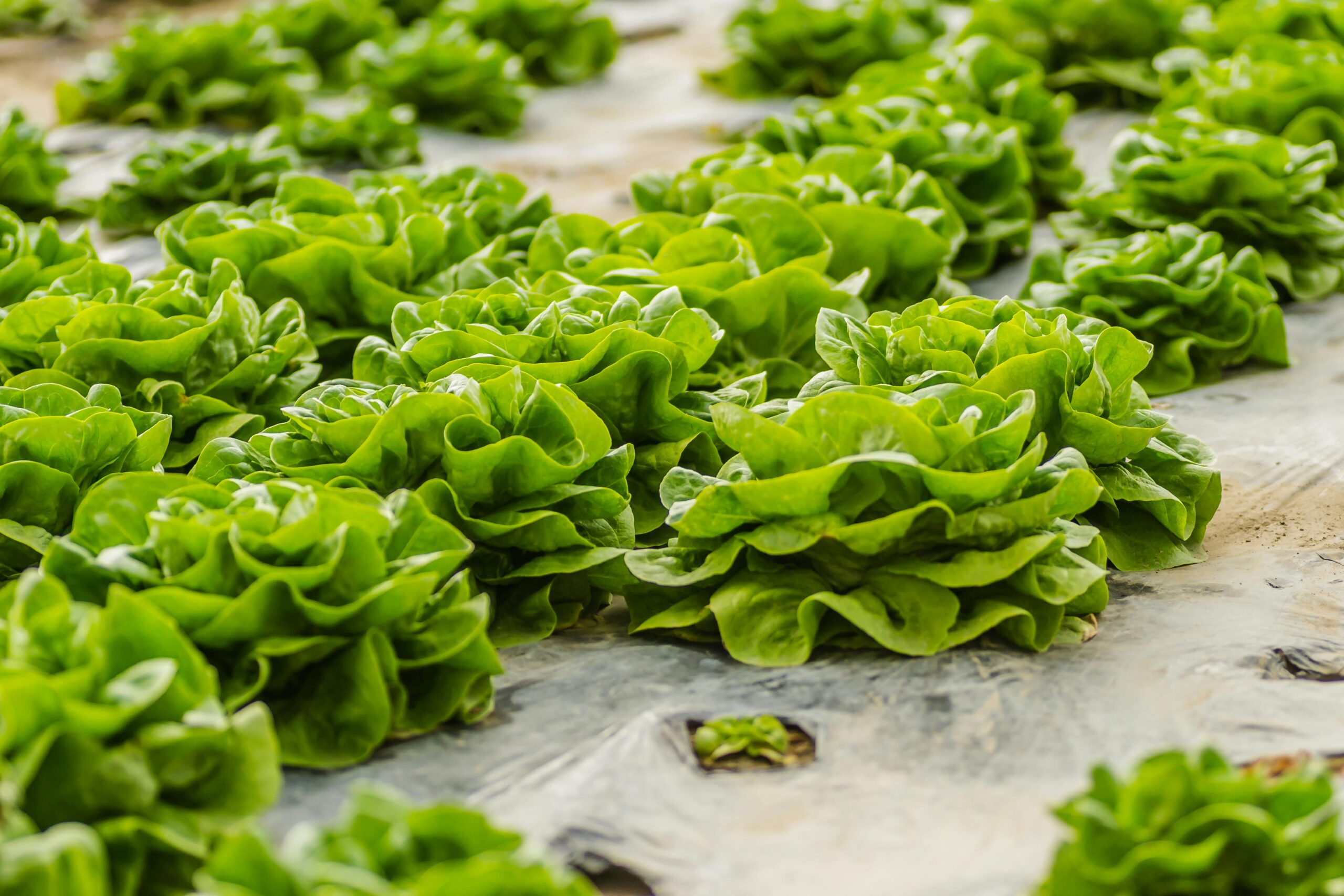
Lettuce grows quickly in hydroponic systems, usually ready to harvest in about 4 to 6 weeks. The plants typically reach around 6 to 12 inches tall depending on the variety. Lettuce can be grown year-round indoors, making it a popular choice for fresh salads anytime. It prefers cooler temperatures and steady nutrient supply for best results.
Hydroponic lettuce requires moderate light and constant moisture to thrive. Many gardeners enjoy growing leaf and butterhead types for their fast growth and mild flavor. It is low maintenance and can be harvested leaf-by-leaf or all at once. Lettuce’s quick turnaround makes it ideal for beginners.
Spinach
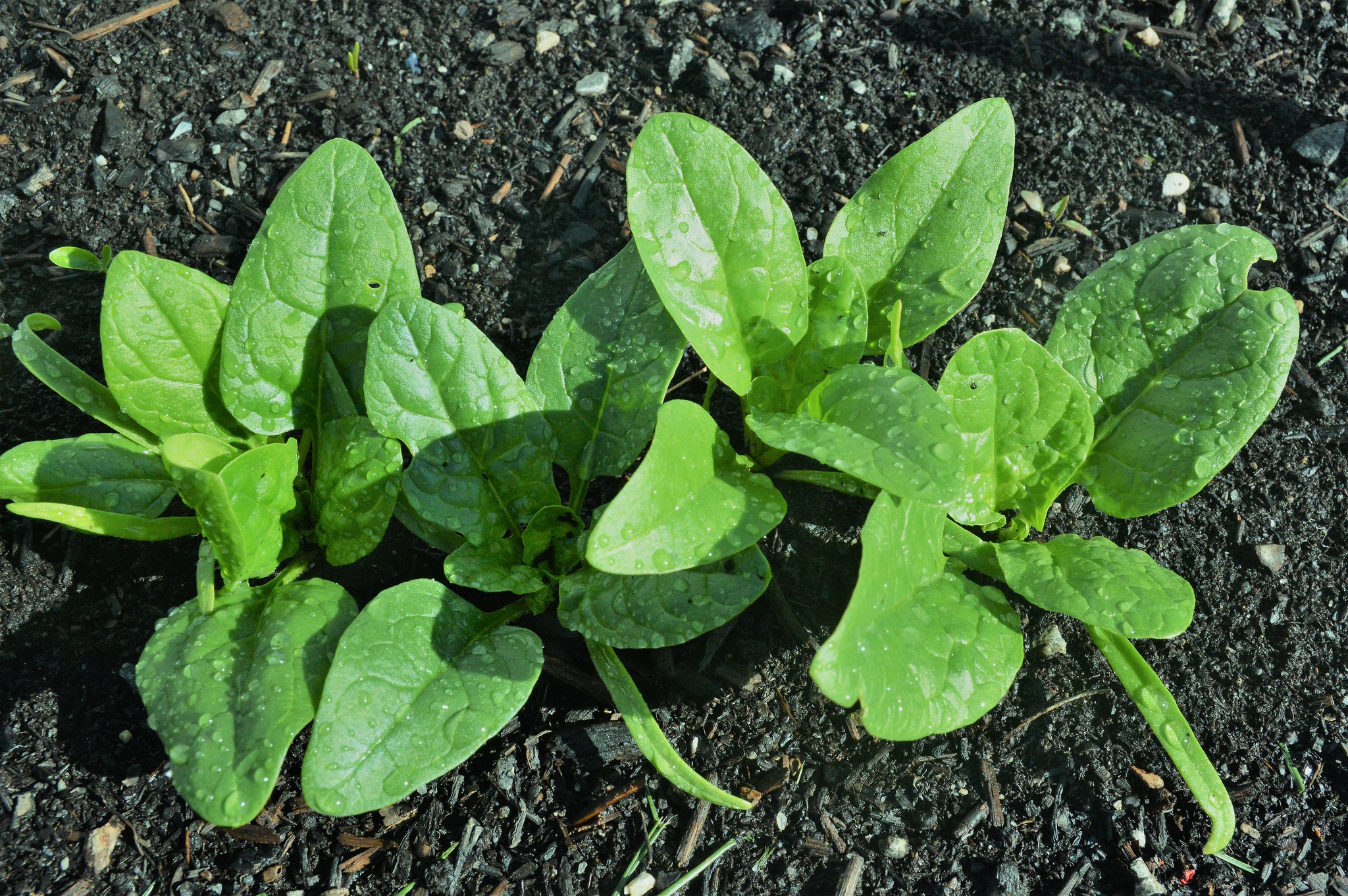
Spinach grows in about 6 to 8 weeks when cultivated hydroponically. The plants reach an average height of 6 to 12 inches with lush green leaves. Spinach prefers cooler months and can be grown indoors throughout the year with proper lighting. It is ready to harvest once the leaves are large and tender.
This leafy vegetable thrives in nutrient-rich water and moderate temperatures. Spinach is rich in vitamins and minerals, making it a healthy addition to any diet. The plant grows densely, so spacing is important to avoid overcrowding. Hydroponic spinach offers fresh greens faster than traditional soil gardening.
Kale
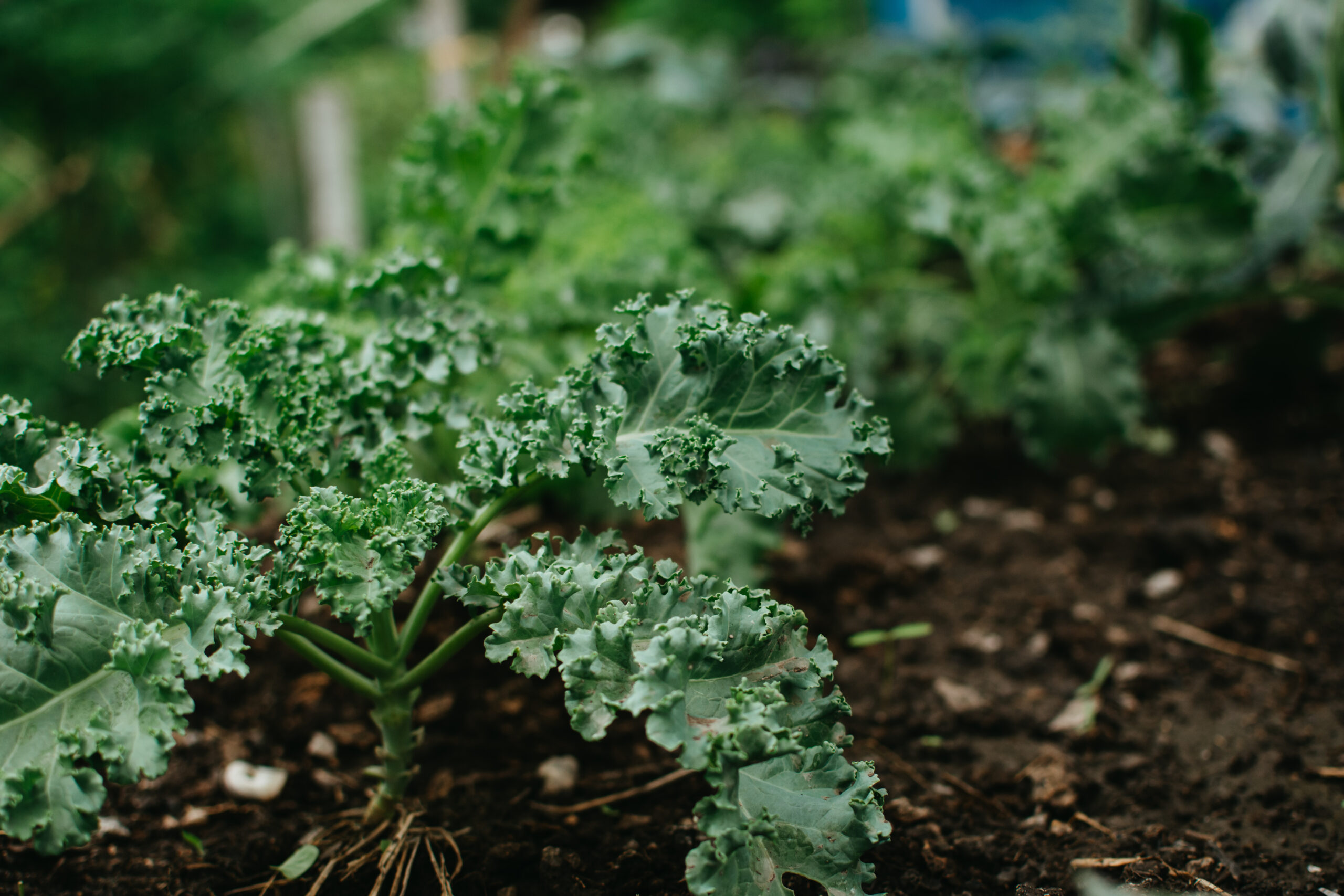
Kale generally takes about 7 to 10 weeks to mature in hydroponic setups. The plants can grow 12 to 18 inches tall with wide, curly leaves. It can be grown throughout the year indoors or in greenhouses. Kale is best harvested when leaves reach a good size but before they become tough.
Kale prefers cooler growing conditions and steady nutrients for optimal growth. It is hardy and resistant to many common pests, which makes hydroponic growing easier. The nutrient-dense leaves make it a favorite for health-conscious gardeners. Pruning older leaves encourages continued growth.
Basil
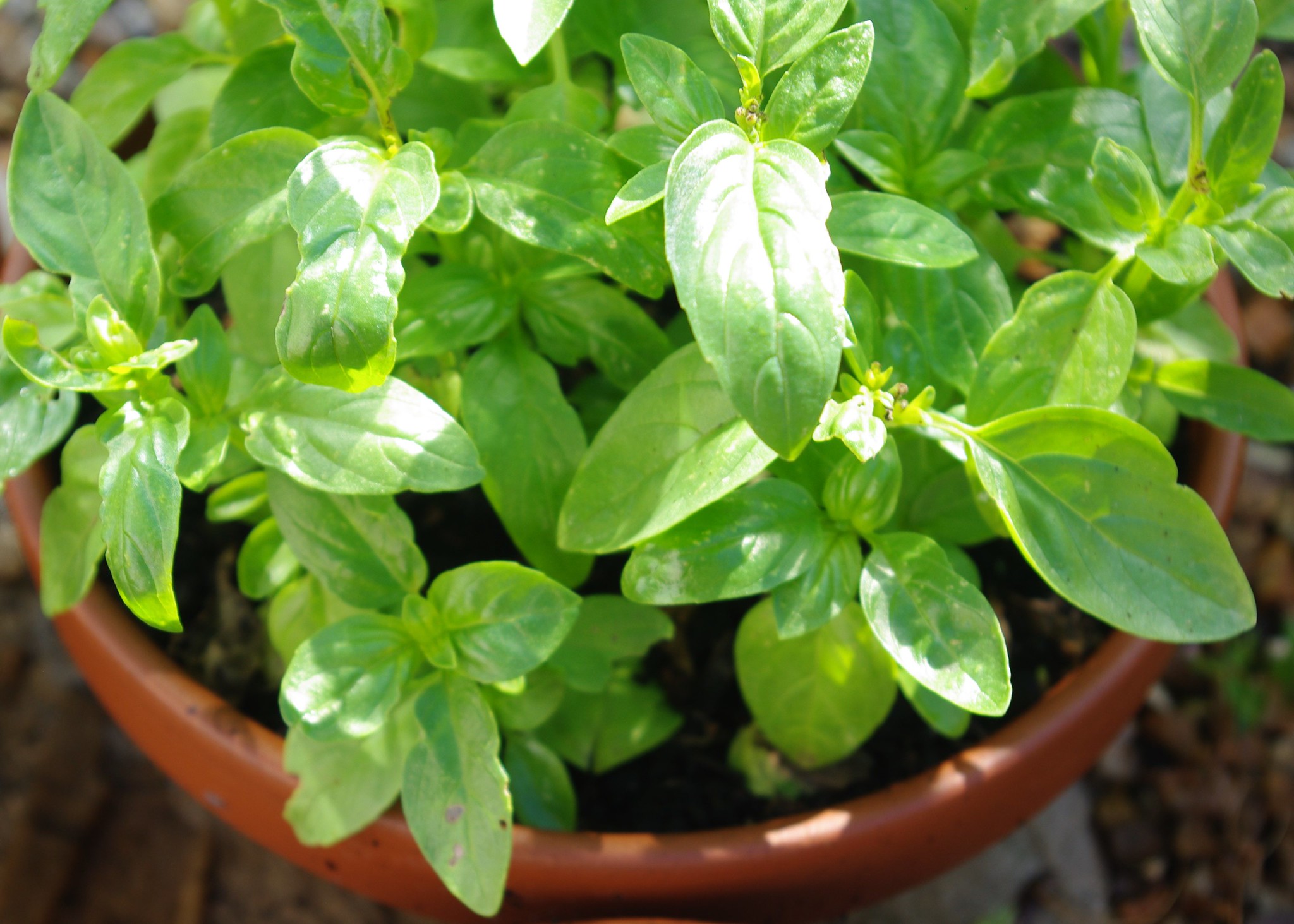
Basil grows quickly and is usually ready to harvest within 4 to 6 weeks. Plants typically reach about 12 to 24 inches tall. It grows best in warmer conditions and plenty of light, making it suitable for indoor hydroponic systems. Basil can be harvested continuously by pinching off leaves.
Hydroponic basil thrives with consistent moisture and nutrient supply. It is a fragrant herb used widely in cooking and garnishing. Regular trimming encourages bushier growth and more leaves. Growing basil hydroponically offers fresh herbs throughout the year.
Tomatoes
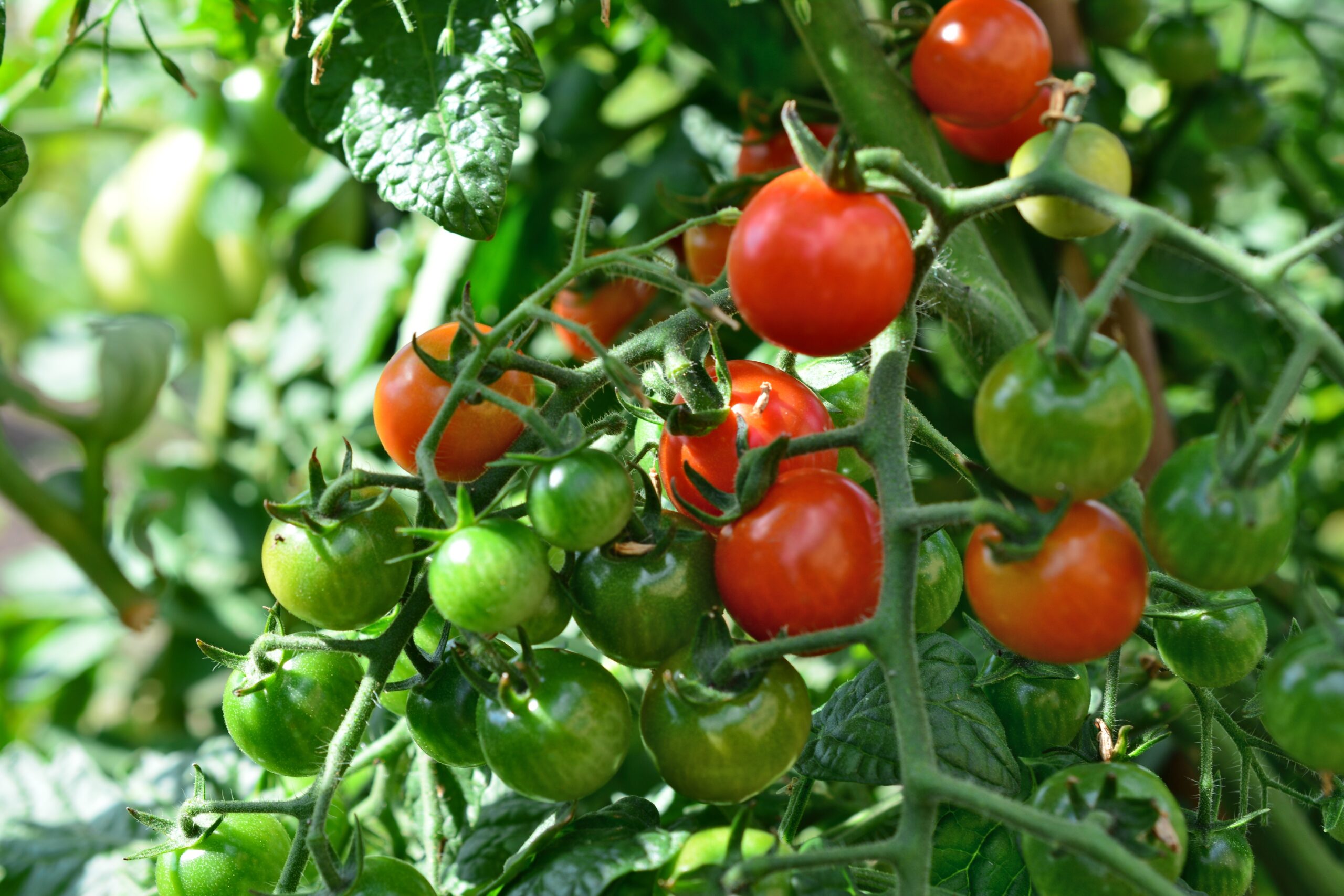
Tomatoes take longer to grow, usually about 8 to 12 weeks before fruit appears in hydroponic systems. Plants can reach heights of 3 to 6 feet depending on the variety and support structure. Tomatoes bloom best in late spring through summer but can be grown year-round indoors. Proper lighting and pollination help improve fruit yield.
Hydroponic tomatoes require strong support due to their size and weight. Nutrient management is crucial for healthy growth and sweet fruit. This vegetable demands more care than leafy greens but rewarded with fresh, juicy tomatoes. Pruning and training the plant helps increase air circulation and production.
Cucumbers
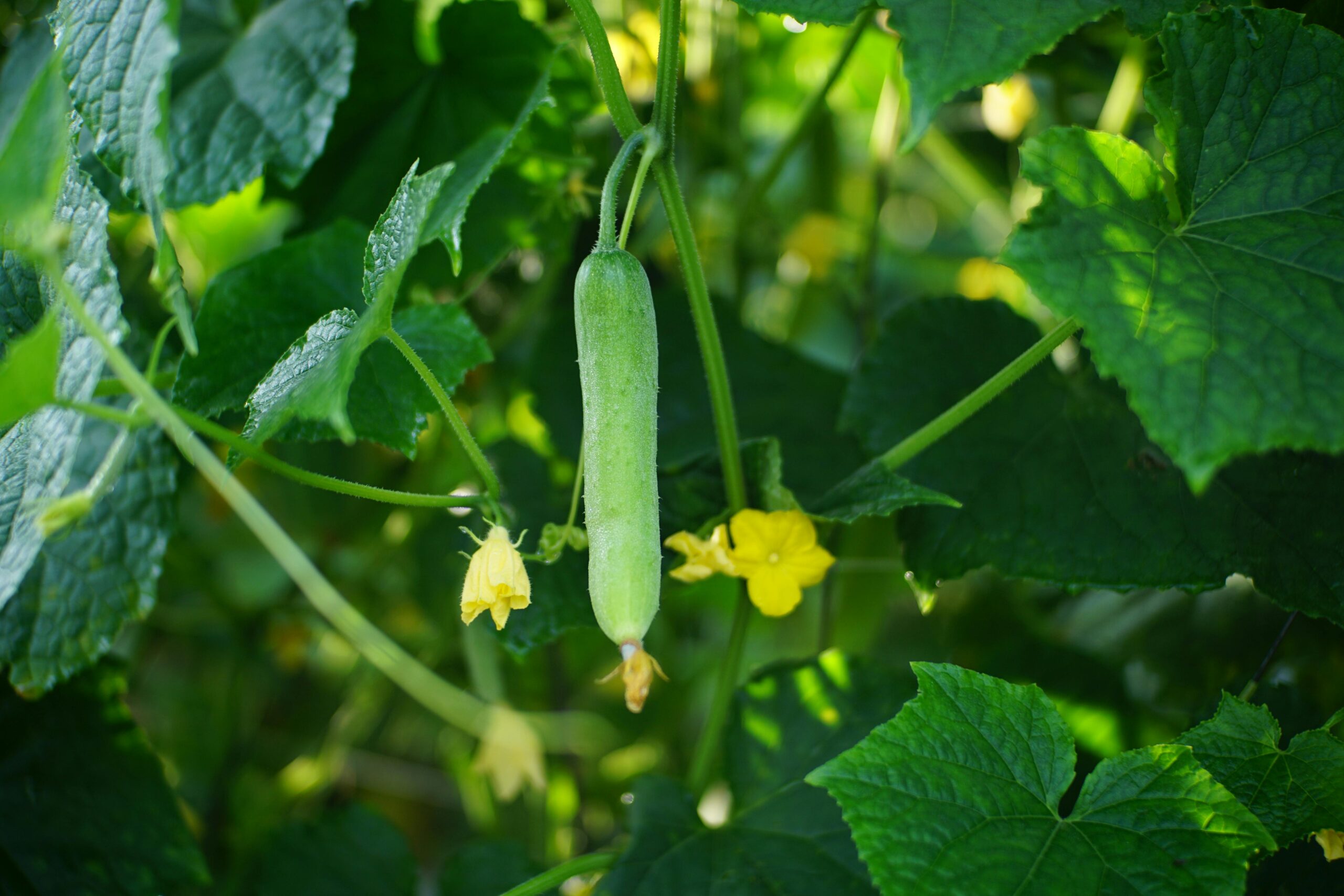
Cucumbers usually mature in about 6 to 8 weeks when grown hydroponically. Plants can grow vines up to 6 feet long, so vertical support is recommended. They bloom mostly in summer months but can be grown year-round with the right conditions. Regular harvesting encourages continuous fruit production.
Hydroponic cucumbers need plenty of light and steady water with balanced nutrients. The vines benefit from trellising to keep fruits off the ground and reduce disease risk. They produce crisp, refreshing cucumbers perfect for salads and snacks. Proper pollination, often done by hand indoors, improves yield.
Green Beans
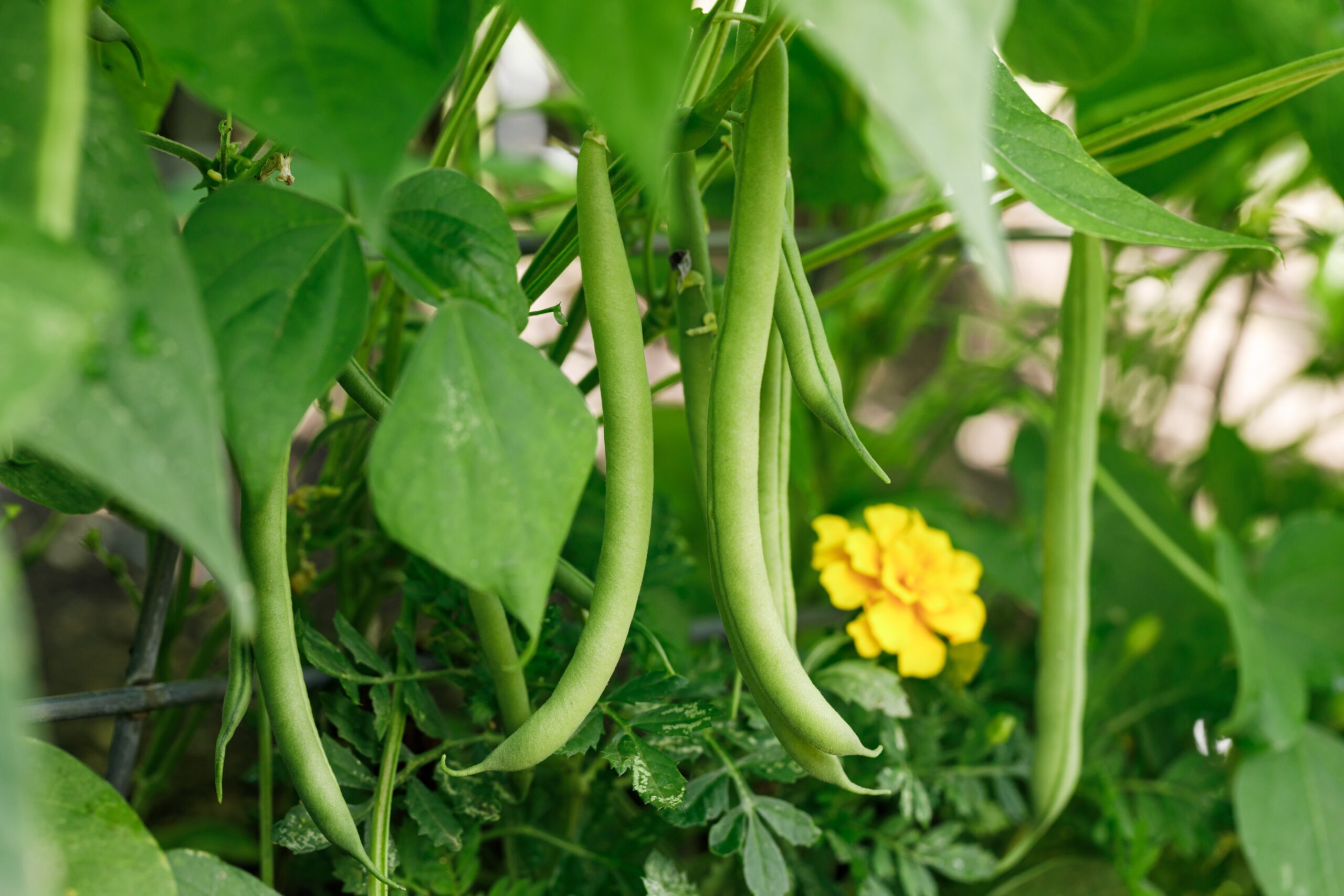
Green beans typically take 7 to 9 weeks to be ready for harvest in hydroponic systems. Plants grow vines about 2 to 4 feet long and produce pods along the stems. They flower and bear fruit mainly during spring and summer. Green beans are easy to grow with a balanced nutrient solution.
Supporting the vines with trellises or strings helps keep the plants upright. Harvesting pods regularly encourages more growth and prevents over-ripening. The beans provide fresh, nutritious snacks and cooking ingredients. Hydroponic green beans grow faster than those in soil.
Peppers
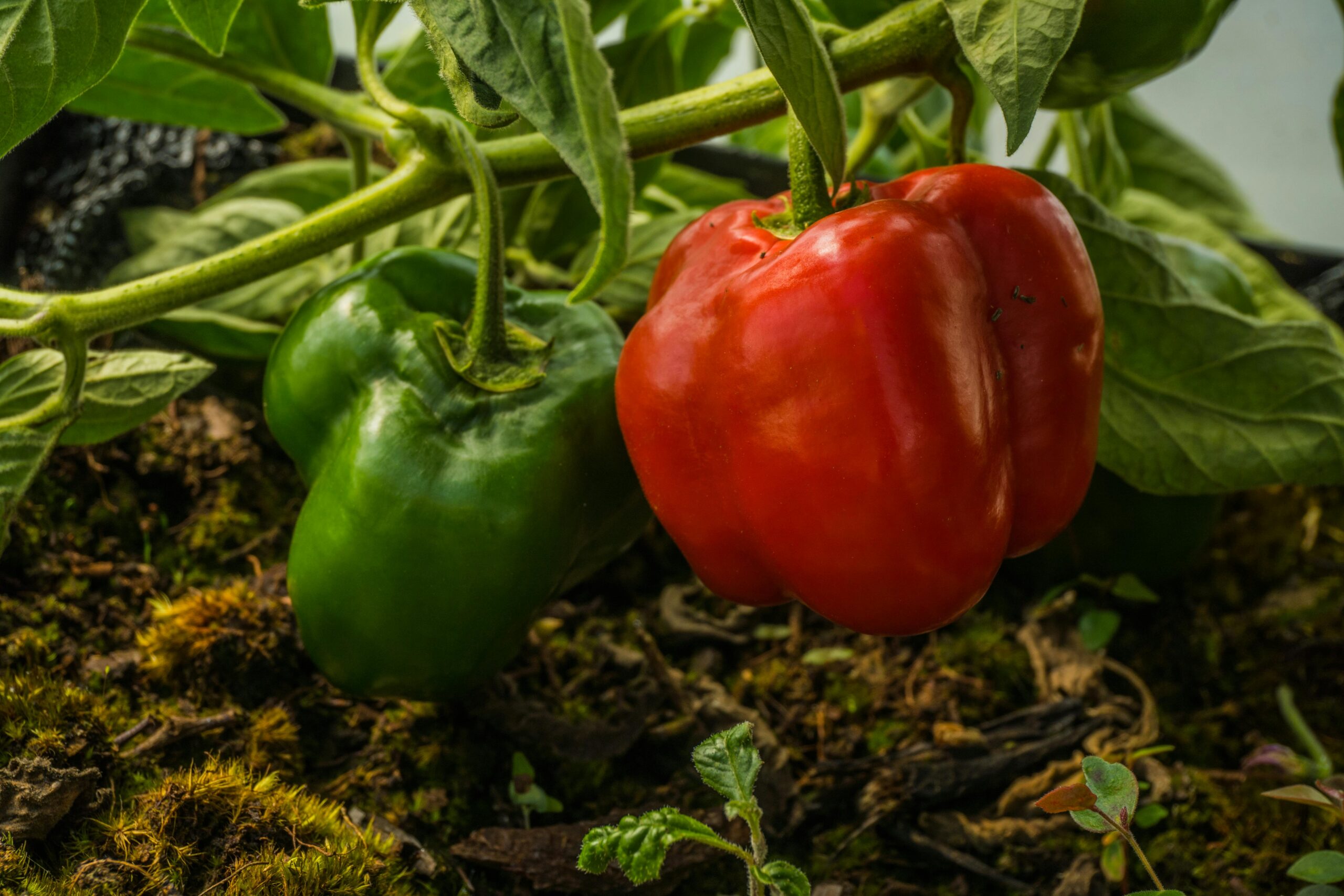
Peppers grow in about 8 to 12 weeks until harvest when grown hydroponically. Plants usually reach heights of 1 to 3 feet depending on the variety. They flower and produce fruit during warm months but can grow indoors all year. Proper light and nutrient balance are important for good yields.
Hydroponic peppers require support to keep branches from breaking under fruit weight. They come in many varieties from mild to hot, providing options for different tastes. Growing peppers indoors allows control over growing conditions and pest exposure. Regular watering and feeding improve fruit quality.
Arugula
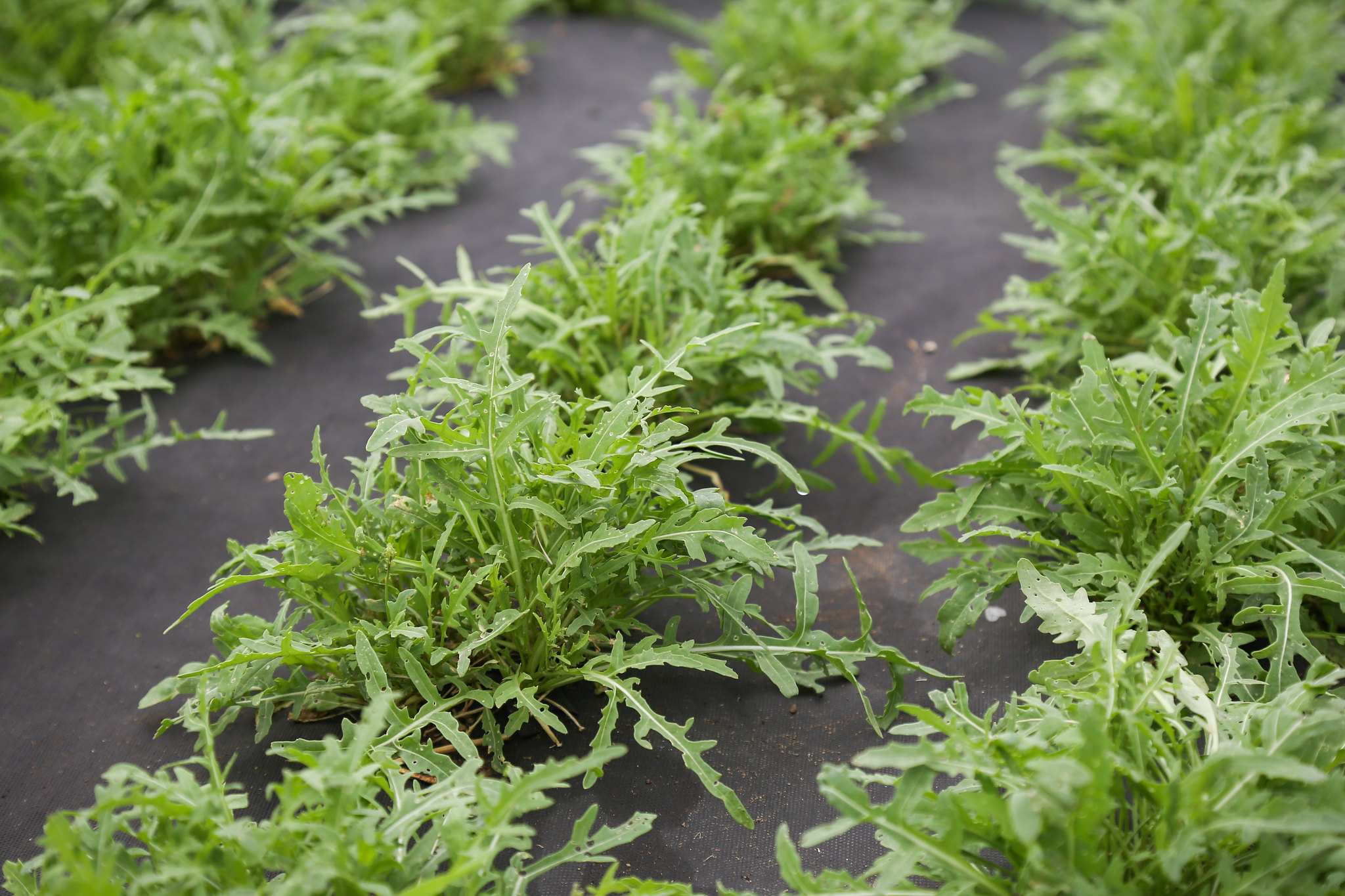
Arugula grows very fast in hydroponic systems, often ready to harvest in 3 to 4 weeks. The plants reach about 6 to 12 inches tall with peppery, tender leaves. It thrives in cooler temperatures but can grow indoors year-round with adequate lighting. Arugula is often harvested by cutting leaves individually or whole plants.
This leafy green prefers steady moisture and nutrient-rich water for optimal flavor. Its spicy taste makes it popular in salads and sandwiches. Arugula grows densely, so spacing is important to avoid overcrowding. Quick growth makes it a favorite for fresh greens on demand.
Swiss Chard
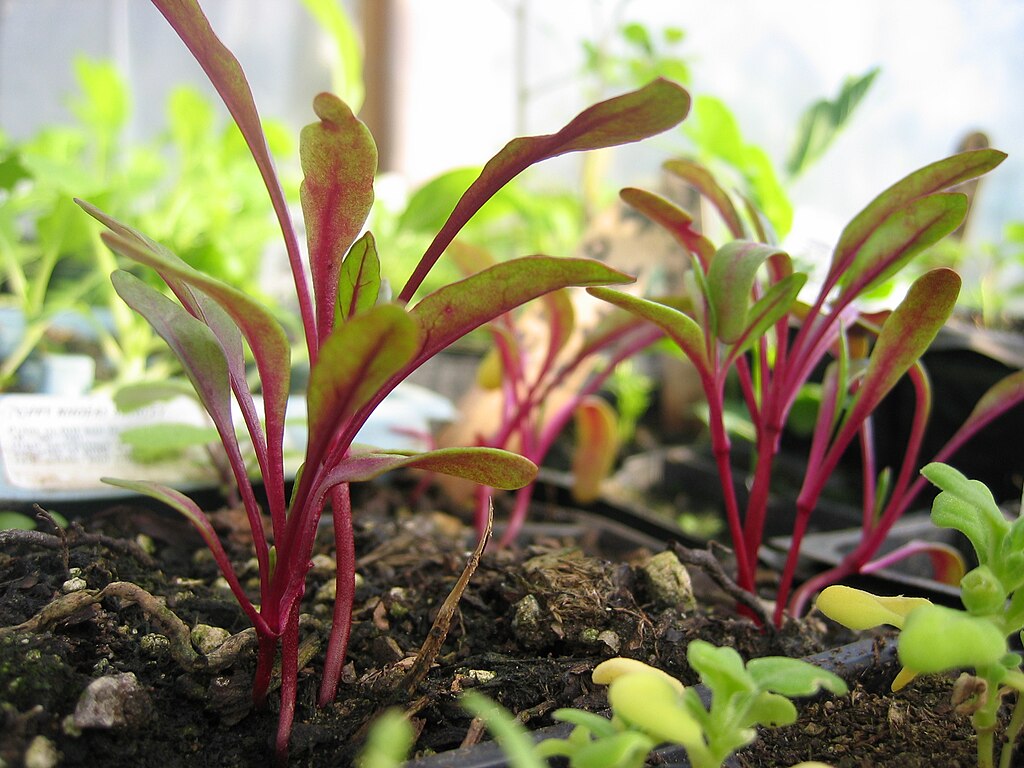
Swiss chard usually takes 6 to 8 weeks to mature hydroponically. The plants grow 12 to 18 inches tall with broad, colorful leaves and sturdy stalks. It prefers cooler temperatures but can be grown indoors with proper light. Leaves can be harvested continuously by cutting outer leaves.
Hydroponic Swiss chard requires consistent nutrient levels and moisture. Its vibrant stems and nutritious leaves add variety to meals. The plant is relatively easy to grow and resistant to many pests. It makes a good addition to a year-round garden.
Bok Choy
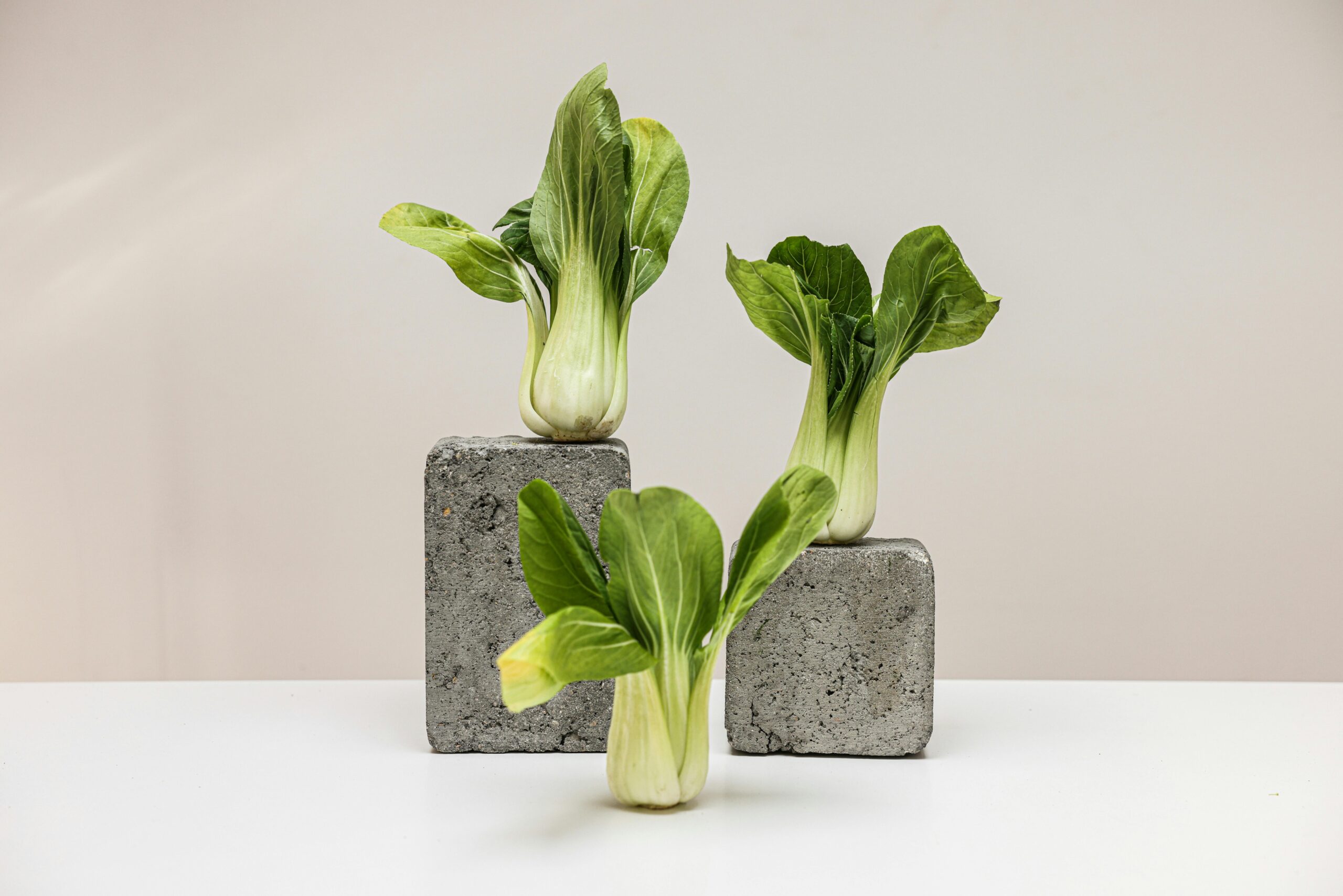
Bok choy grows in about 5 to 7 weeks in hydroponic setups. Plants usually reach 12 to 18 inches tall with thick, crisp stalks and dark green leaves. It prefers cooler conditions but can be grown indoors at any time of year. Bok choy is ready to harvest when the heads are firm and full.
This vegetable grows well in nutrient-rich water and needs moderate light. Its mild flavor works well in soups, stir-fries, and salads. Growing bok choy hydroponically offers a quick supply of fresh greens. It is a low-maintenance, nutritious choice for beginners.
Watercress
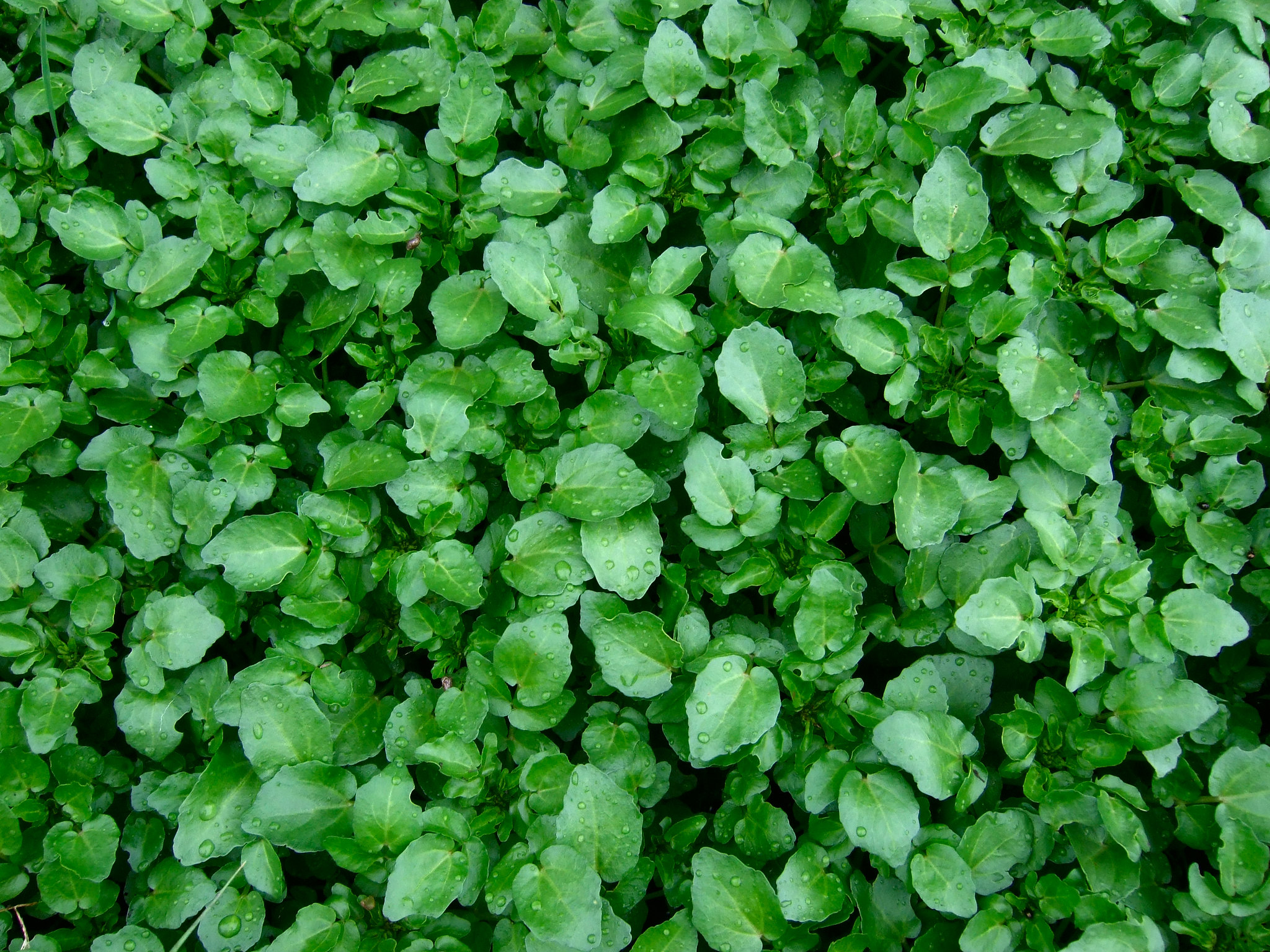
Watercress grows quickly in hydroponic systems, often ready to harvest within 3 to 5 weeks. Plants reach about 6 to 12 inches tall with small, peppery leaves. It thrives in cool, moist environments and can be grown indoors year-round. Watercress is usually harvested by snipping the tops.
This leafy green is rich in vitamins and antioxidants, making it very healthy. It prefers constant moisture and flowing water in hydroponic setups. Watercress adds flavor and nutrition to salads and sandwiches. Its fast growth makes it ideal for fresh greens at home.
Growing vegetables hydroponically is a smart way to enjoy fresh produce regardless of space or season. These easy-to-grow plants offer quick harvests and require minimal maintenance. With the right setup, anyone can create a thriving indoor or small-space garden. Exploring hydroponic gardening opens the door to healthier eating and a rewarding hobby.
This article originally appeared on Avocadu.
